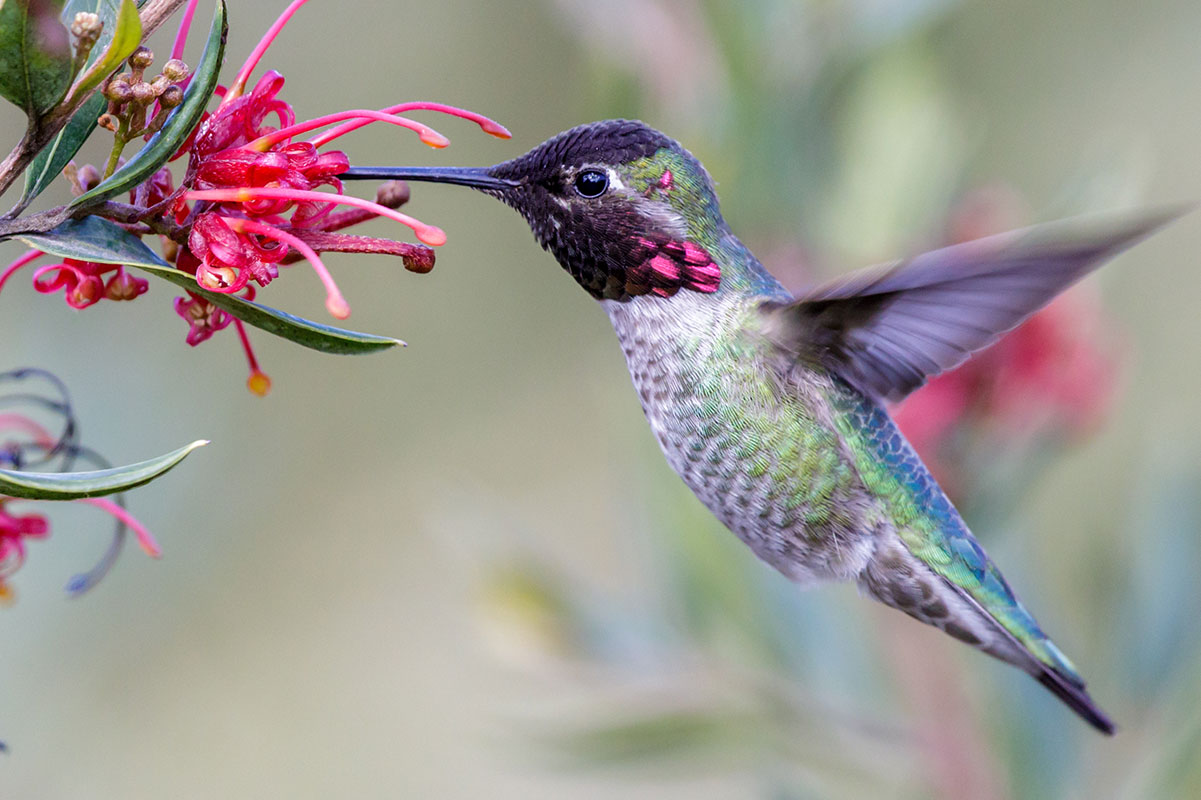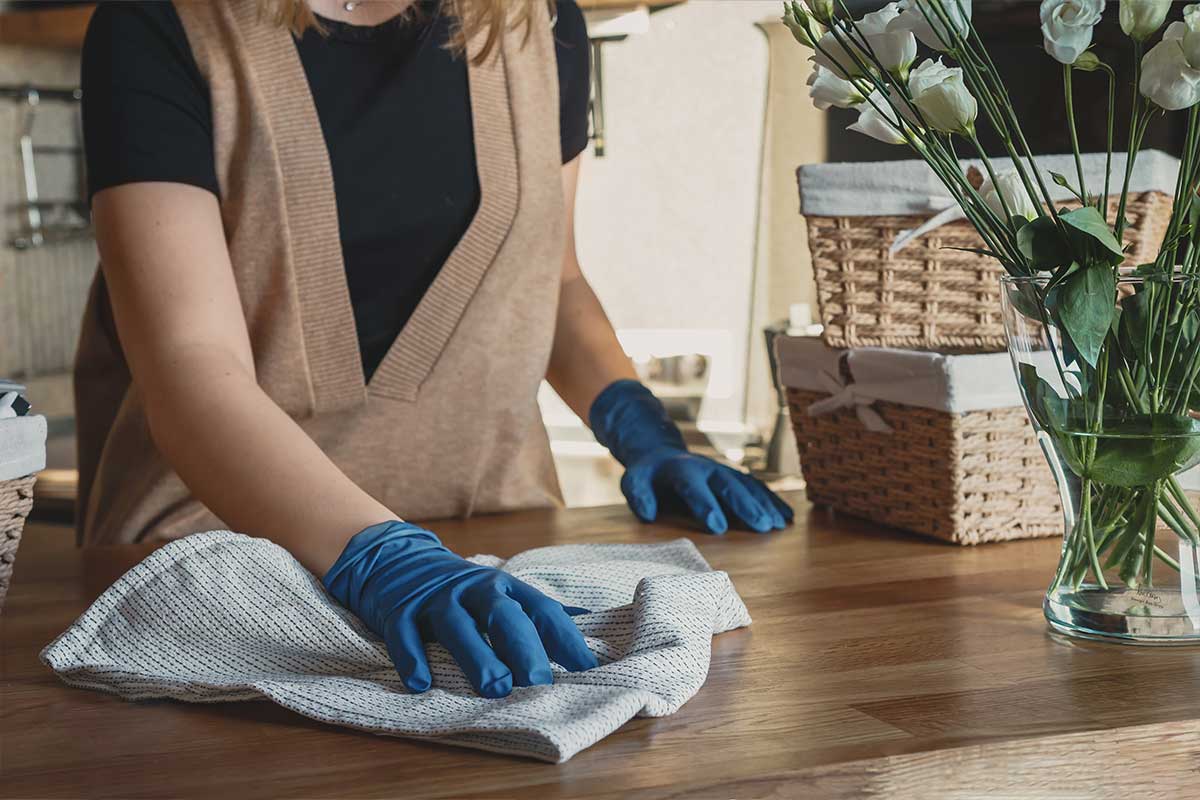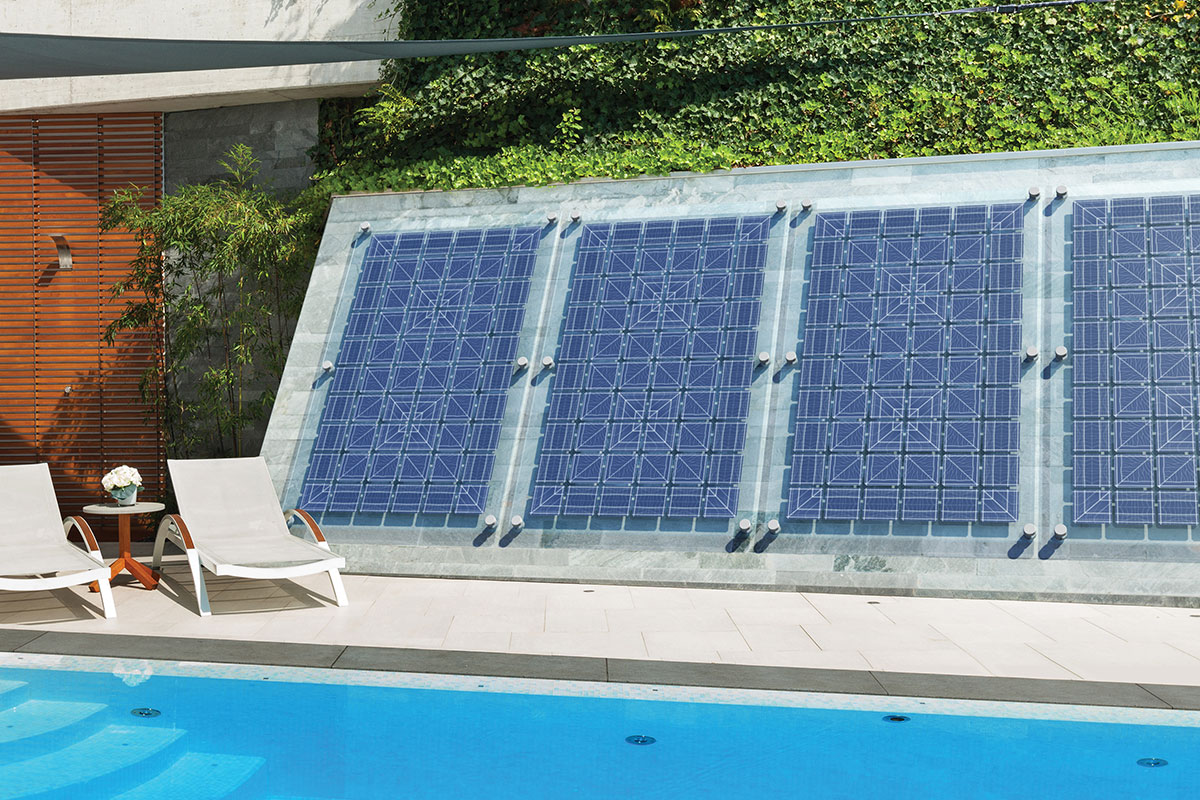
Steve Jobs once said, “Design is not just what it looks like and feels like, design is how it works.” It’s a quote that easily relates to the challenges and successes Herndon artist Adam Winsor is currently facing as he competes in the U.S. Department of Energy’s American-Made Solar Prize, creating solar panels that transform roofs into artwork.
The panels resemble mosaic tiles, like stained-glass windows at a cathedral, but they’re also efficient in producing solar energy. The designs landed Winsor a finalist spot in the American-Made Solar Prize, a $3 million competition held by the Department of Energy to encourage entrepreneurs to advance solar research and product development, open to private companies, universities, organizations and individuals.
“Each solar panel is made up of usually 60 or 70 smaller solar cells, which is a little rectangular square module that’s in the solar panel,” Winsor says. “It’s dark blue or black, with some parallel silver lines running on it, called front contact traces, that collect the electrons that are liberated by the photons from the sun and are sent into the circuitry for the power. My innovation that’s gotten me to this round of the prize is that I’m redesigning those functional front contact traces to be interesting and pretty, rather than just being a grid.”
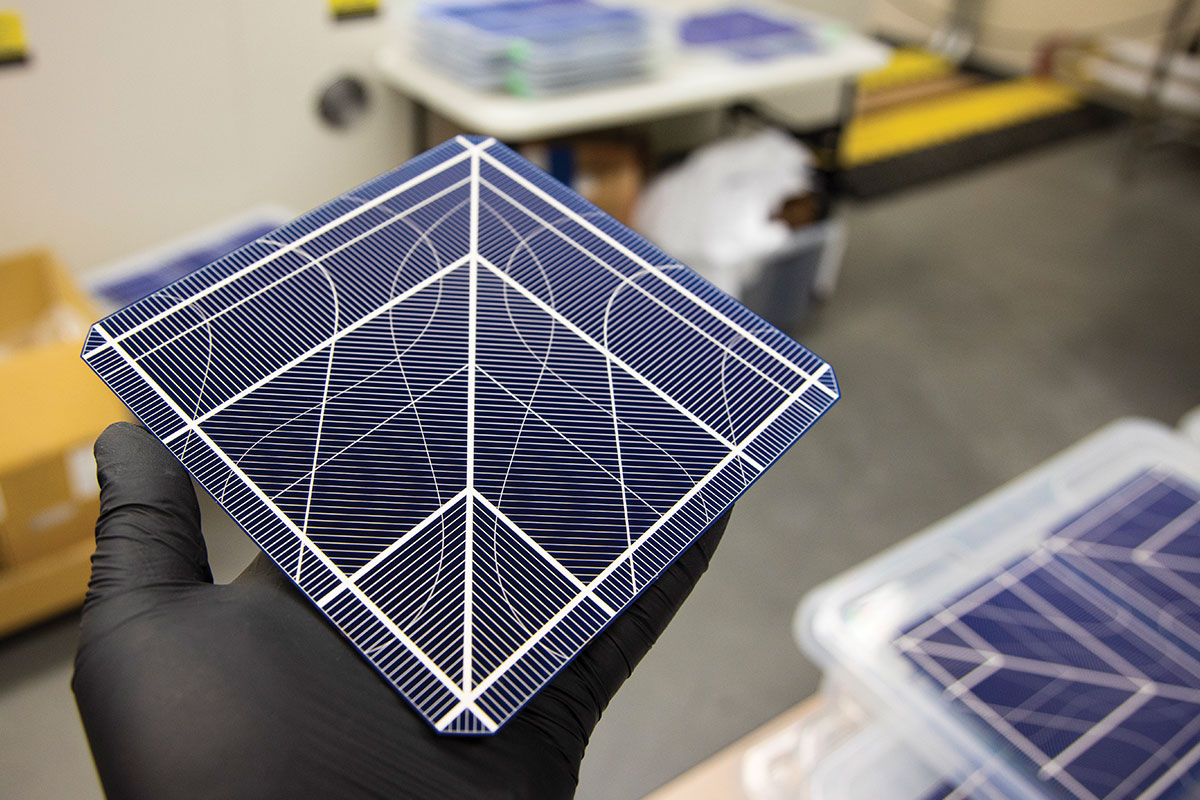
Instead of parallel lines, Winsor’s designs turn the front contact traces into alternative forms, creating geometric shapes out of the solar panels when the tiles are installed together. “My designs are a little less efficient than the standard ones, because I’m introducing curves and loops and corners into the pathways,” Winsor says. “That makes the electrons have to travel a little bit farther to get where they’re going. We’re seeing a 1% to 2% decrease in efficiency, but I think a lot of people are willing to take that much of a hit because it is something that looks nice.”
It’s not an easy project, especially for a former freelance designer who previously had no experience with solar technology and usually creates illustrations for work. But Winsor is excelling at it. “At the beginning of this, I had a layman’s knowledge of solar and that was it,” Winsor says. “I heard about the competition through my friends at the Nova Labs makerspace in Reston. I worked up a visual prototype, but it wasn’t functional, just spray paint and glass basically, put together a short video and submitted that to the first stage of the prize.”
His pitch in the competition landed him a spot out of 10 in the semifinalist round, announced during the Solar Power International conference in September 2019, resulting in $50,000 to develop a prototype of his proposed solar panels. Now as a finalist (one of nine), he’s received an additional $100,000 in funding and $75,000 in voucher money that can be spent at the Department of Energy’s National Labs and with the American-Made Network. The winner of the competition was originally set to be announced at an event in July, but, as of press time, it has not been decided if the conference will be held virtually or rescheduled as a result of the coronavirus pandemic.
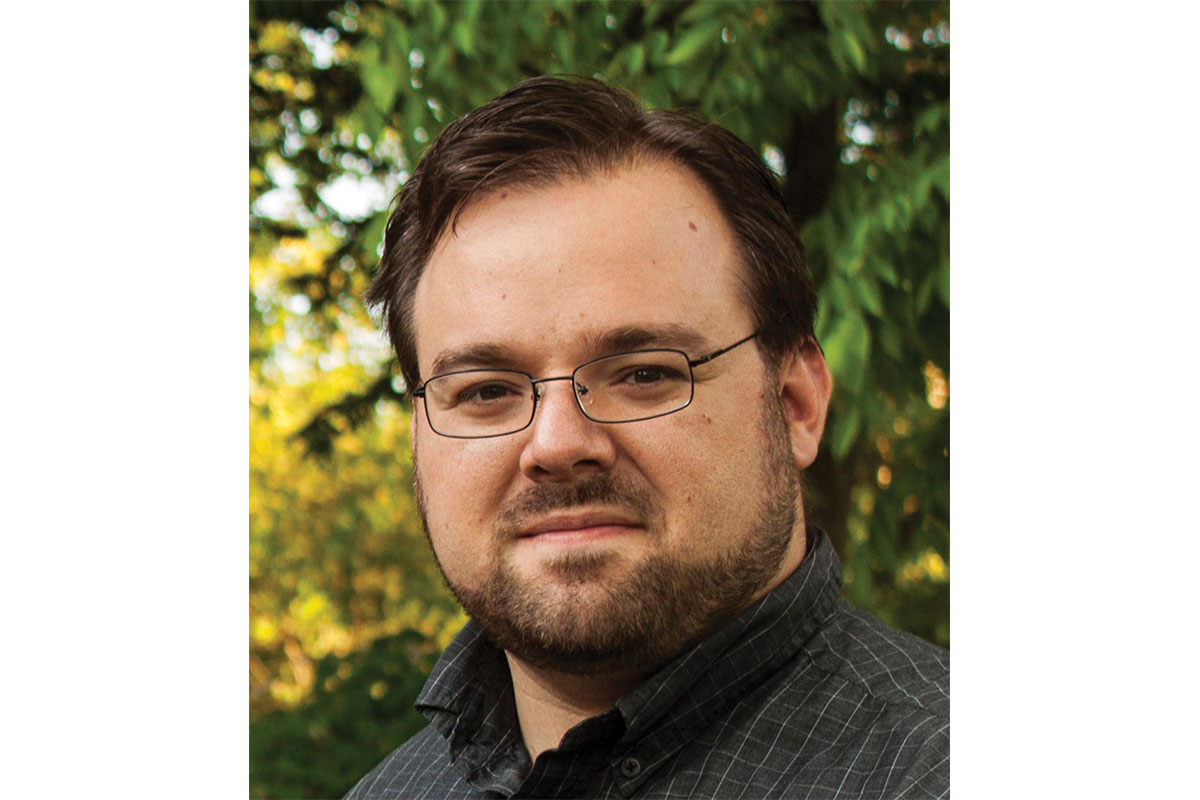
Winsor has taken his newfound passion and has launched Asoleyo Architectural Solar, the solar branch of his design company, Mirimantis Design. “Right now, I have a small batch of prototypes, and the purpose of the next three months is to work toward a mass-producible prototype for manufacturing,” Winsor says. “We don’t have anything commercially available yet, but we are seeking partners for pilot installation.”
His ultimate goal is to create solar cells that are decorative and rotatable, “so that you can combine them in larger, mosaic patterns, kind of like ceramic tile,” Winsor says. “Eventually, I want to have a book of different patterns for clients to offer custom cell designs for big projects that want to stand out. I’ve always had a passion for combining art and science, where I can play with putting technology into something that really looks nice and functional. This is a life goal achieved.”
This post originally appeared in our June/July 2020 print issue. For more local stories, subscribe to our weekly newsletters.



